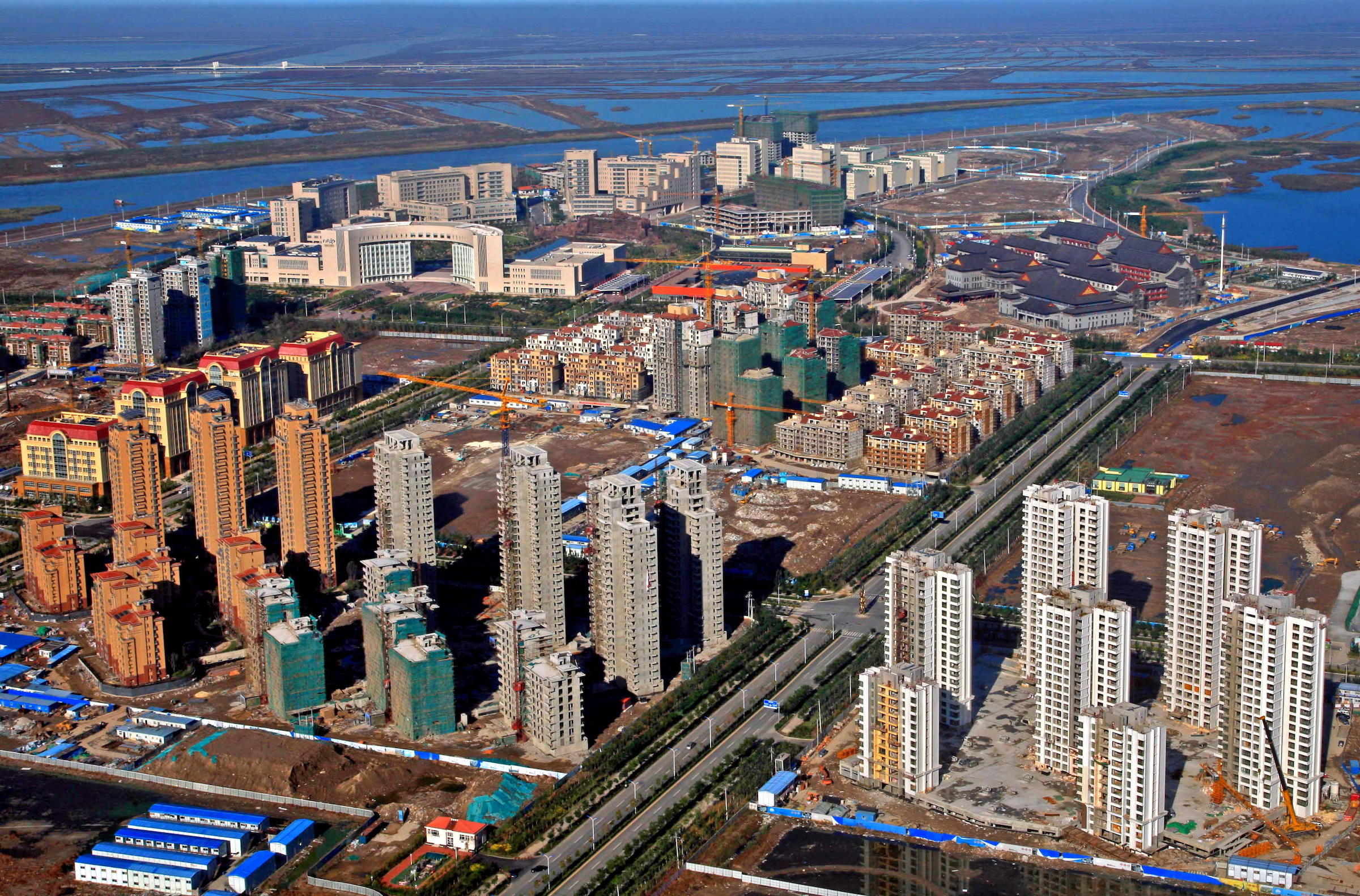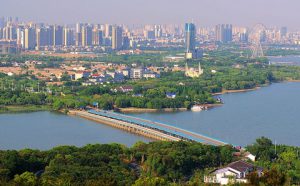Environmental degradation in China has now become so severe that it is no longer just an issue threatening public health but also poses a challenge to urban social stability.
China’s political leaders are only too aware of the need to tackle the problem. Over the past few years, the enduring legacy of Deng Xiaoping’s ‘growth-first’ philosophy has been overhauled and imbued with ‘shades of green’ as the state rolls forward various ‘green civilisation’ campaigns nationwide. In tandem with this, flagship ecological city projects have been hailed as the concrete manifestation of China’s commitment to improving its dismal environmental track record.
With much fanfare, the Chinese Academy of Social Science (CASS) recently launched the 2013 Ecological City Green Book. While acknowledging several teething problems with eco-city construction projects in China, the Green Book is an affirmation of the country’s faith in the mobilisation of technological solutions to tackle urban environmental problems.
By some recent estimates, the number of eco city projects in China has swelled to well over 200 cases with more than 80% of prefecture level cities having at least one eco-city project according to a recent report published by the China Society for Urban Studies. Not surprisingly, most of the large scale eco-city projects have been launched in key coastal cities and places that are undergoing rapid economic development. Significantly, the four provinces which do not have any plans for eco-cities (Tibet, Gansu, Qinghai and Ningxia) are amongst the poorest, located in the western part of the country.
Many of these projects claim to emulate international ‘best practices’ of ‘ecologically advanced’ cities elsewhere and are assembled through a transnational network of urban consultants and green energy experts, as exemplified in the flagship eco-city project in the northern city of Tianjin, China’s fourth largest city.
Eco-cities in China: The "Singapore transfer"
As a joint venture between Keppel Group and a Chinese consortium led by Tianjin TEDA Investment Holding, the 34.2 km square Sino-Singapore Tianjin Eco-city (SSTE) is the result of a collaborative agreement between China and Singapore to jointly develop a socially harmonious, environmentally friendly and resource-conserving city in China.
The SSTE is ostensibly an economic venture that aims to build a prototype city that can be replicated in other cities in China. Its key eco-features are mostly the products of advanced environmental technologies, such as good thermal insulation for buildings and use of solar energy to reduce energy consumption, rain water collection for irrigation and extensive landscaping features such as sky gardens.
Designed to be ‘practical’, ‘replicable’ and ‘scaleable’, the masterplan of SSTE was jointly developed in 2008 by the China Academy of Urban Planning and Design, the Tianjin Institute of Urban Planning and Design, and the Singapore planning team.
The final master plan is said to promote the “three harmonies”: people living in harmony with each other, now and for future generations; people living in harmony with economic activities; and people living in harmony with the environment. To keep track of the process of the eco-city, a set of 26 Key Performance Indicators (KPIs) is formulated draws on national standards in China and Singapore as well as internationally.
The SSTE and scores of other eco-flagship projects sprouting up all over China, have a number of features in common. First, these projects often involve mobilising an international network of policy experts, professional planners, architects, engineers, etc. who engage in technical ‘knowledge transfers’. In addition, these projects are also driven strongly by entrepreneurial/commercial objectives and ideals of ecological modernisation. The latter is increasingly seen as a catalyst to even greater growth especially when focusing on creating new environmental technologies (for example, green buildings and clean energy).
But the development of high profile flagship projects is not without problems. It brings into question whether the pursuit of urban sustainability and eco-city is simply a legitimisation strategy for pro-growth entrepreneurial cities. Moreover, with the lack of meaningful grassroots participation, the general consensus has been that this is a project largely driven by a strategy of place marketing.
There is also an over-reliance and celebration of the use of technology in eco-city developments. This needs to be more circumspect and to look more into appropriate technology that is in sync with the needs of the local community.
Ownership of the project is critical too. The close patronage by local government means that with a change in the leadership of the local government (not uncommon in China), political backing for the project could be suddenly withdrawn, thus jeopardising the project in the long run.






